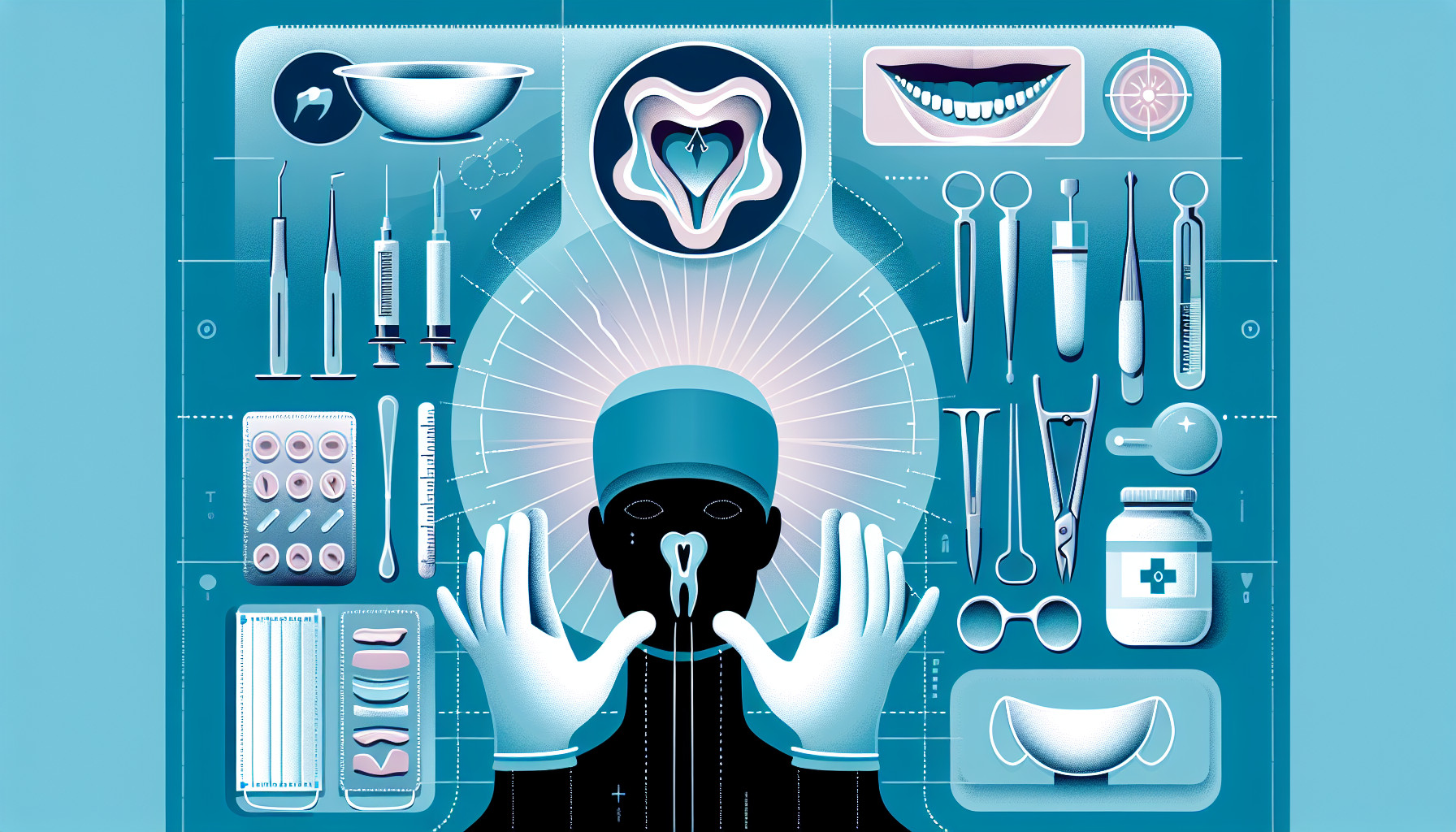Our Summary
This research paper is about using gene therapy to help regenerate bone in the face and skull, which has been a challenging task for surgeons. Gene therapy is a new and emerging technology that aims to repair tissues by delivering healing genes to the affected area. The researchers analyzed a large number of studies (2081) to see if gene therapy has been successful in repairing bone in the face and skull. They found that this method is indeed promising, with significant bone formation observed after the delivery of gene material in surgical procedures. The most commonly used proteins for gene therapy were bone morphogenetic proteins, and viral vectors were often used to deliver these proteins. The researchers hope that gene therapy will soon be a simple, routine procedure that can be performed in a dental office. They also stress the importance of improving gene delivery methods and understanding the molecular basis of oral and maxillofacial structures.
FAQs
- What is the aim of using gene therapy in oral surgery?
- What were the common methods and materials used in gene therapy for bone regeneration in the face and skull?
- What are the future prospects of gene therapy in oral surgery according to the researchers?
Doctor’s Tip
A helpful tip a doctor might give a patient about oral surgery is to follow all pre-operative and post-operative instructions provided by the surgeon. This may include avoiding certain foods or activities before the surgery, taking prescribed medications as directed, and maintaining proper oral hygiene after the surgery. Following these instructions can help ensure a successful outcome and minimize the risk of complications.
Suitable For
Patients who may benefit from oral surgery include those with:
- Impacted teeth: Teeth that are trapped beneath the gum line or bone may need to be surgically removed.
- Tooth loss: Dental implants, bone grafting, or other procedures may be necessary to restore missing teeth.
- Jaw misalignment: Surgery may be needed to correct issues with the jaw, such as overbites or underbites.
- TMJ disorders: Surgery may be recommended for severe cases of temporomandibular joint disorders.
- Cleft lip and palate: Surgery may be necessary to repair birth defects in the face and skull.
- Facial trauma: Surgery may be needed to repair fractures or other injuries to the face and skull.
- Oral cancer: Surgery may be necessary to remove tumors or affected tissues.
- Sleep apnea: Surgery may be recommended to correct breathing issues during sleep.
- Cosmetic concerns: Surgery may be performed to improve the appearance of the face and jaw.
Overall, oral surgery may be recommended for a variety of conditions that affect the face, jaw, and skull, and gene therapy may offer new possibilities for improving outcomes in these procedures.
Timeline
Before oral surgery, a patient typically experiences a consultation with a surgeon to discuss their treatment plan, potential risks and benefits, and expectations for the procedure. They may also undergo pre-operative tests and imaging to assess the condition of their oral structures. On the day of surgery, the patient will arrive at the surgical facility, receive anesthesia, and undergo the procedure.
After oral surgery, the patient will likely experience pain, swelling, and bruising in the affected area. They will be given post-operative instructions on how to care for their surgical site, including recommendations for diet, medication, and oral hygiene. Follow-up appointments may be scheduled to monitor healing progress and address any concerns. Over time, the patient will gradually recover and hopefully experience improved oral function and aesthetics as a result of the surgery.
What to Ask Your Doctor
- What specific type of oral surgery procedure will I be undergoing?
- What are the potential risks and complications associated with this procedure?
- How long is the recovery period expected to be?
- Will I need to follow any special post-operative care instructions?
- Are there any alternative treatment options available?
- How successful has gene therapy been in repairing bone in the face and skull in previous cases?
- What specific gene material will be used in my procedure?
- How will the gene material be delivered to the affected area?
- Are there any potential side effects or risks associated with gene therapy in this context?
- What are the long-term outcomes and expectations for bone regeneration using gene therapy in oral surgery?
Reference
Authors: Fliefel R, Kühnisch J, Ehrenfeld M, Otto S. Journal: Stem Cells Dev. 2017 Feb 15;26(4):215-230. doi: 10.1089/scd.2016.0172. Epub 2016 Dec 12. PMID: 27819181
